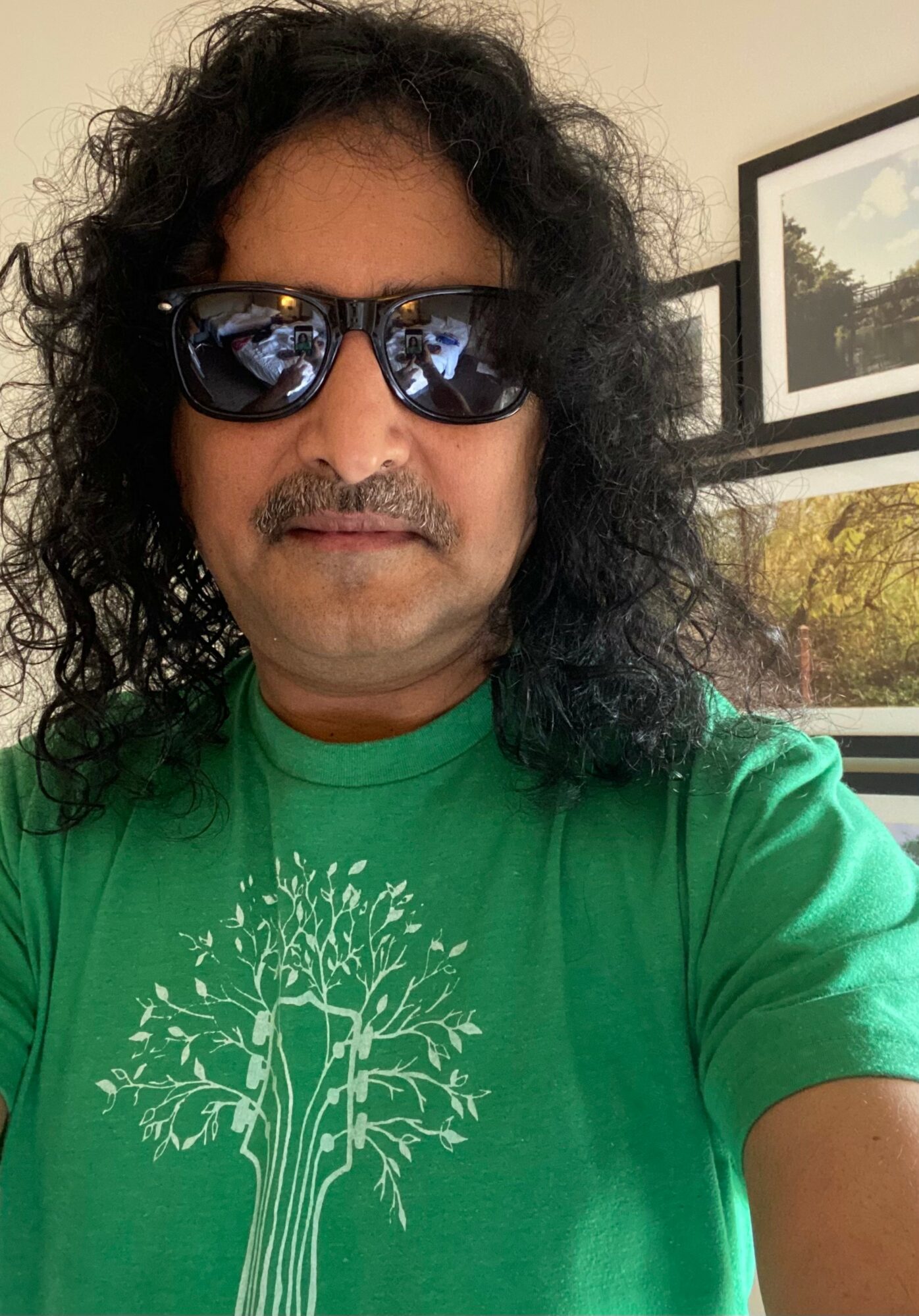

Today we’d like to introduce you to Indrajit Banerjee.
Indrajit, we appreciate you taking the time to share your story with us today. Where does your story begin?
I grew up in Kolkata, India. One fine morning, around the age of 12 or 13, I picked up my mother’s sitar which was lying in the corner of the room. I became curious and picked up this instrument. My mother had passed away when I was about five. She was a sitar artist. I taught myself the sitar and began playing for small gatherings of friends and family. I had a natural affinity for music and was able to pick up melodies by ear, which helped me to learn sitar quickly.
By the time I was 16, I became serious about learning sitar. I began learning from my maternal grandfather, Bankim Kumar Pal, and later on from Pandit Manilal Nag. I was practicing seven to eight hours per day at this time, and this continued for three years. By the time I was finishing my bachelor’s degree; I was playing professionally in India and earning money from this. In 1988, I was invited for my first tour in England to teach sitar. This was my first time to travel and perform internationally. In 1989, I played my first fusion concert with Craig Pruess, composer and musician, Phillip Escott (drummer) and Anup Datta (tabla).
After this, I began travelling frequently. I came to the US, England, France, and other countries as a solo artist, playing festivals and concerts. Fast forwarding to the present, I currently run a school of sitar in Austin, Texas, called Antara School of Indian Classical Music. I have been fortunate enough to collaborate and perform with many great musicians in Austin and other cities, including the band Atash, Fareed Haque, Jeff Coffin and others. I perform regularly around the US, although things have currently slowed down due to the pandemic. I am looking forward to returning to performing regularly as soon as possible.
Alright, so let’s dig a little deeper into the story – has it been an easy path overall and if not, what were the challenges you’ve had to overcome?
I believe musicians play music because they are drawn to it and it is their passion. It is not the most stable financial career to say the least. Around 21 or 22, I found it extremely difficult to make money as a classical musician playing solo sitar. I had to build up my reputation to a point where I was recognized and paid well as a soloist. I used to play session recordings for films and private albums, and earn money this way to compensate. I did not have a car and I lived in a small village called Panihati near Kolkata. I used to take public transportation to the recording studio early in the morning, changing trains three times to reach the studio. I used to spend all day in the studio and return in the late evening to Panihati and practice for four to five hours. I did this until I was about 30. Last year, due to the pandemic, all of my musician friends and others, my income were seriously impacted. I was lucky to have the opportunity to focus on teaching as a source of income.
Can you tell our readers more about what you do and what you think sets you apart from others?
I am a classical sitar player and I am known for this. I listen to many different styles of music. I like to appreciate these styles and incorporate them into my playing, combining melody and harmony in my own way. It is hard to explain in words, but please listen to some of my tracks for an idea of this, for example, my recent release, Timeless Tapestry. I believe in balancing world music or fusion with the pure traditional form of Indian Classical Music. I have diversified my musical activities, including the production of a performance sitar curriculum, named Performance Sitar Series, in collaboration with Rain City Music. I have received feedback from many people around the world that this series has helped them on their journey of learning sitar virtually. I am happy to have some students who became professional sitarists in their own right.
I have collaborated with musicians from many different genres. I have toured all over the US with Fareed Haque (Flat Earth Ensemble) several times, played with artists from Beijing, China, Abbos Kosimov from Uzbekhistan, Steve Smith of the band Journey, and many others. I recently collaborated in an album called “Dream Shanti”, produced by Ear Up Records, with Jeff Coffin and other members of Dave Matthews band. I also collaborated on the CD Resonate with the band Lettuce (funk music). All of this collaboration and experiences have enabled me to become a versatile artist and enjoy music from all over the world. I have my own band, Sitarji, which blends some of this elements into a unique project and sound.
What makes you happy?
Good food makes me happy. In particular, a spicy curry or a good salsa.
Pricing:
- Sitar Lessons $50 per hour (semester basis)
Contact Info:
- Email: antaramusicschool@gmail.com
- Website: www.antaraschool.com
- Phone: 5126963309
- Instagram: https://www.instagram.com/indrajitsitar/?hl=en
- Facebook: https://www.facebook.com/IndrajitBanerjeeSitarMaestro/
- Twitter: https://twitter.com/indiasitar?lang=en
- Youtube: https://www.youtube.com/watch?v=cLIalR0do3k
- Yelp: https://www.yelp.com/biz/antara-school-of-indian-music-austin
- SoundCloud: https://soundcloud.com/indrajit-banerjee-2




Image Credits
Thierry-Clement Bignolet Amitava Sarkar Stephen Olker









